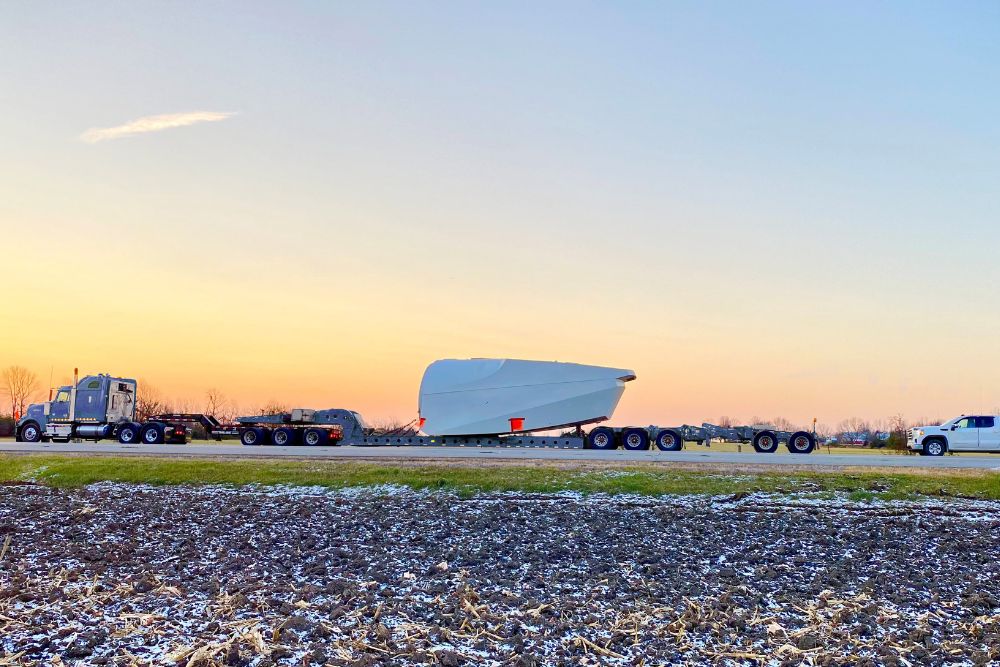Pilot car drivers play a crucial role in ensuring the safe transportation of oversized loads across the United States and Canada. These drivers are responsible for escorting trucks carrying wide or heavy loads, alerting other motorists to the potential hazards on the road. To ensure the safety of everyone on the road, pilot car drivers must adhere to strict guidelines and best practices. Here are some essential safety tips for pilot car drivers operating in the United States and Canada:
1. Know the Regulations
- Familiarize yourself with the specific regulations and requirements for pilot car drivers in the United States and Canada. Each state and province may have different rules regarding the use of pilot cars, so it is essential to stay informed and up to date on the latest regulations.
2. Communication is Key
- Maintain clear and constant communication with the truck driver you are escorting. Use two-way radios or cell phones to stay in contact and relay important information about road conditions, traffic, and any potential hazards.
3. Be Visible
- Ensure that your pilot car is equipped with the necessary safety equipment, including oversized load signs, flags, and flashing lights. Make sure your vehicle is easily visible to other drivers, especially in low-light conditions or inclement weather.
4. Plan Your Route
- Before starting your journey, carefully plan your route and identify any potential obstacles or hazards along the way. Be prepared to communicate with the truck driver about any necessary detours or changes to the route.
5. Stay Alert
- Keep a close eye on the truck you are escorting and be prepared to react quickly to any sudden changes in traffic or road conditions. Stay focused and avoid distractions while on the job.
6. Follow Speed Limits
- Adhere to the posted speed limits and drive at a safe and consistent speed. Avoid sudden braking or acceleration, as this can be dangerous when escorting oversized loads.
7. Practice Defensive Driving
- Always be prepared for the unexpected on the road. Anticipate the actions of other drivers and be ready to take evasive maneuvers if necessary to avoid accidents.
8. Maintain your Vehicle
- Regularly inspect and maintain your pilot car to ensure it is in good working condition. Check the brakes, tires, lights, and other essential components before each trip.
9. Stay Calm in Emergencies
- In the event of an emergency, remain calm and follow your training. Contact emergency services if needed and assist the truck driver in ensuring the safety of the oversized load.
By following these safety tips, pilot car drivers can help ensure the safe and efficient transportation of oversized loads across the United States and Canada. Remember, safety should always be the top priority on the road.
For more information on becoming a pilot car driver or the regulations for escorting oversized loads, visit the official websites of the Federal Motor Carrier Safety Administration (FMCSA) in the United States and Transport Canada in Canada.

